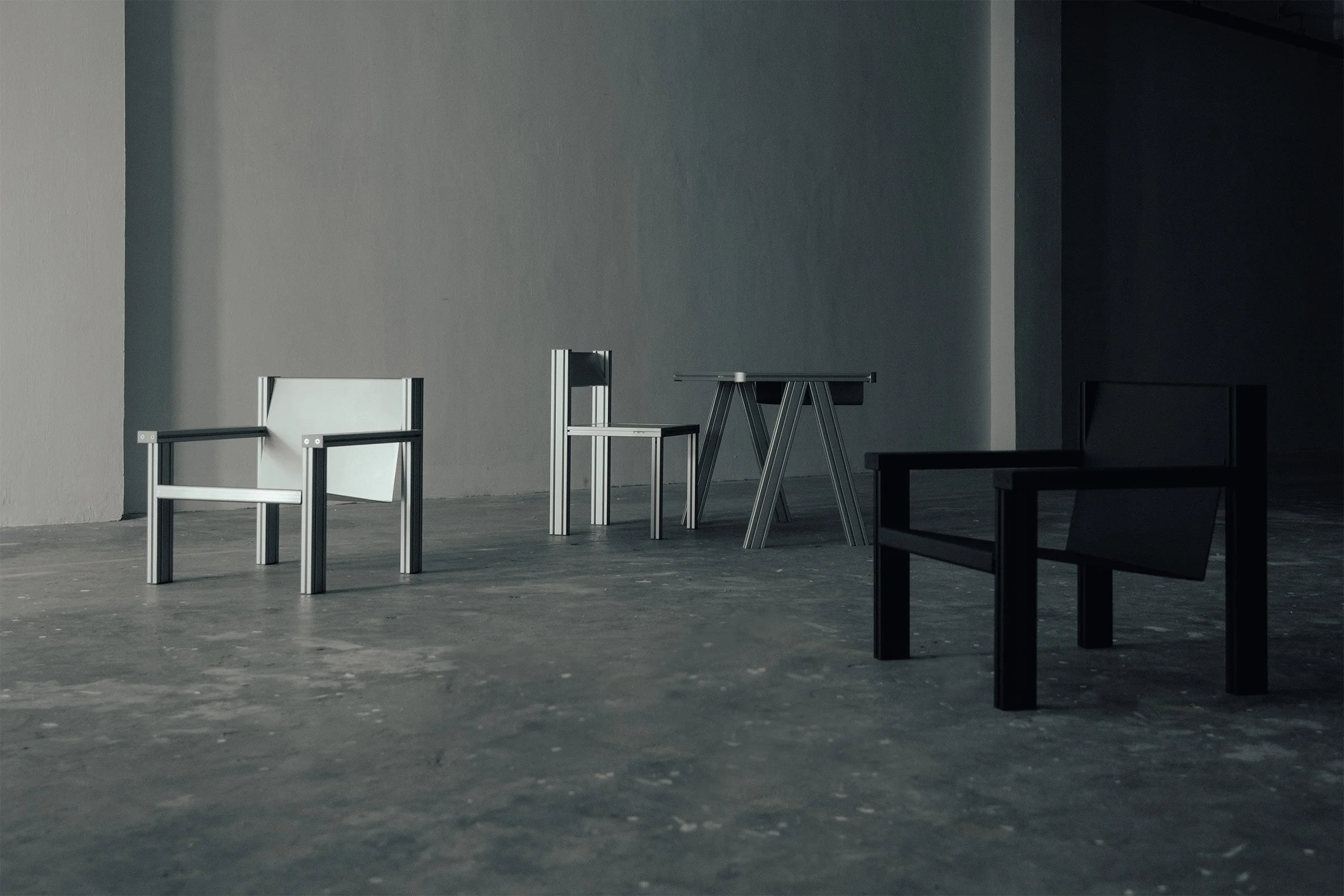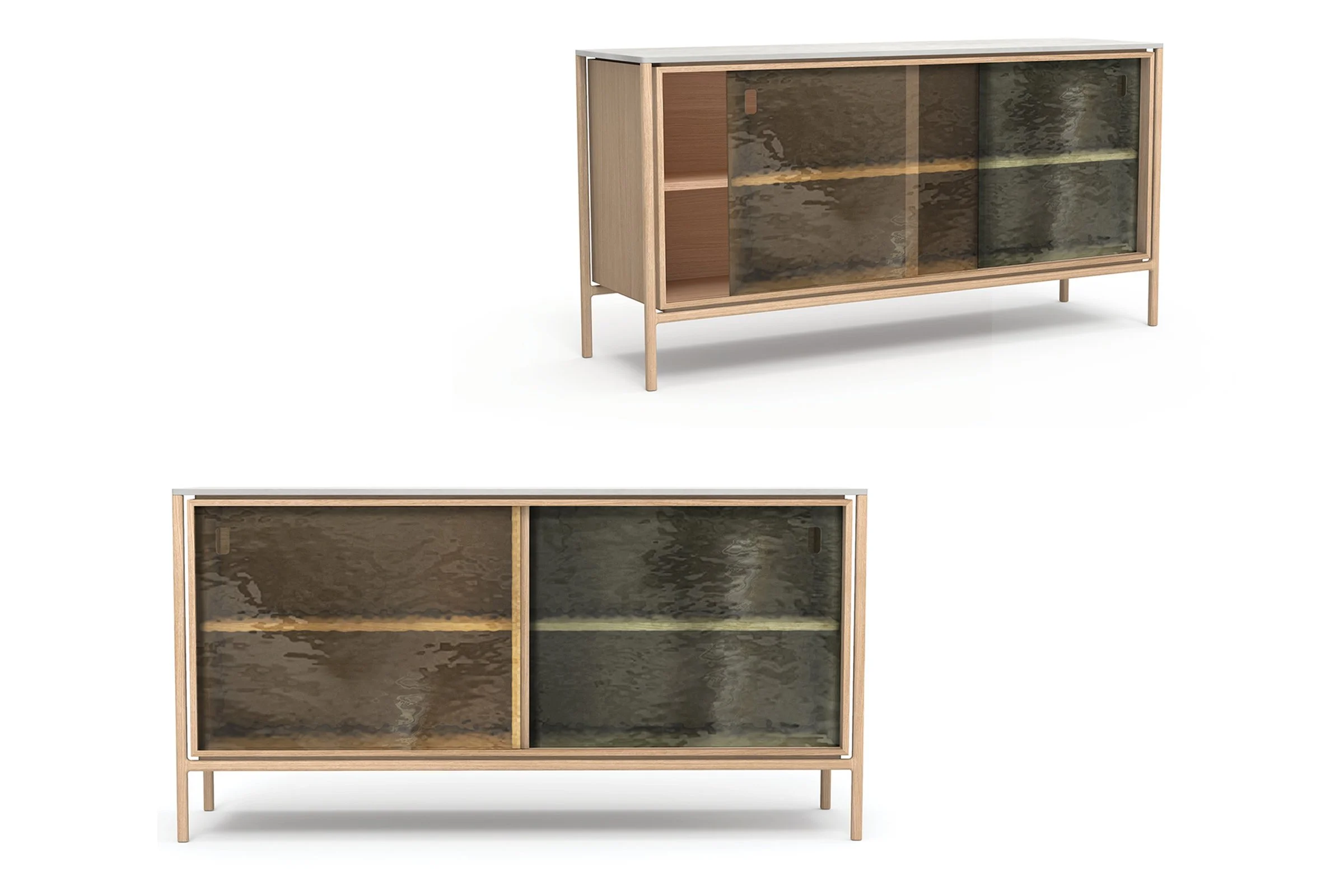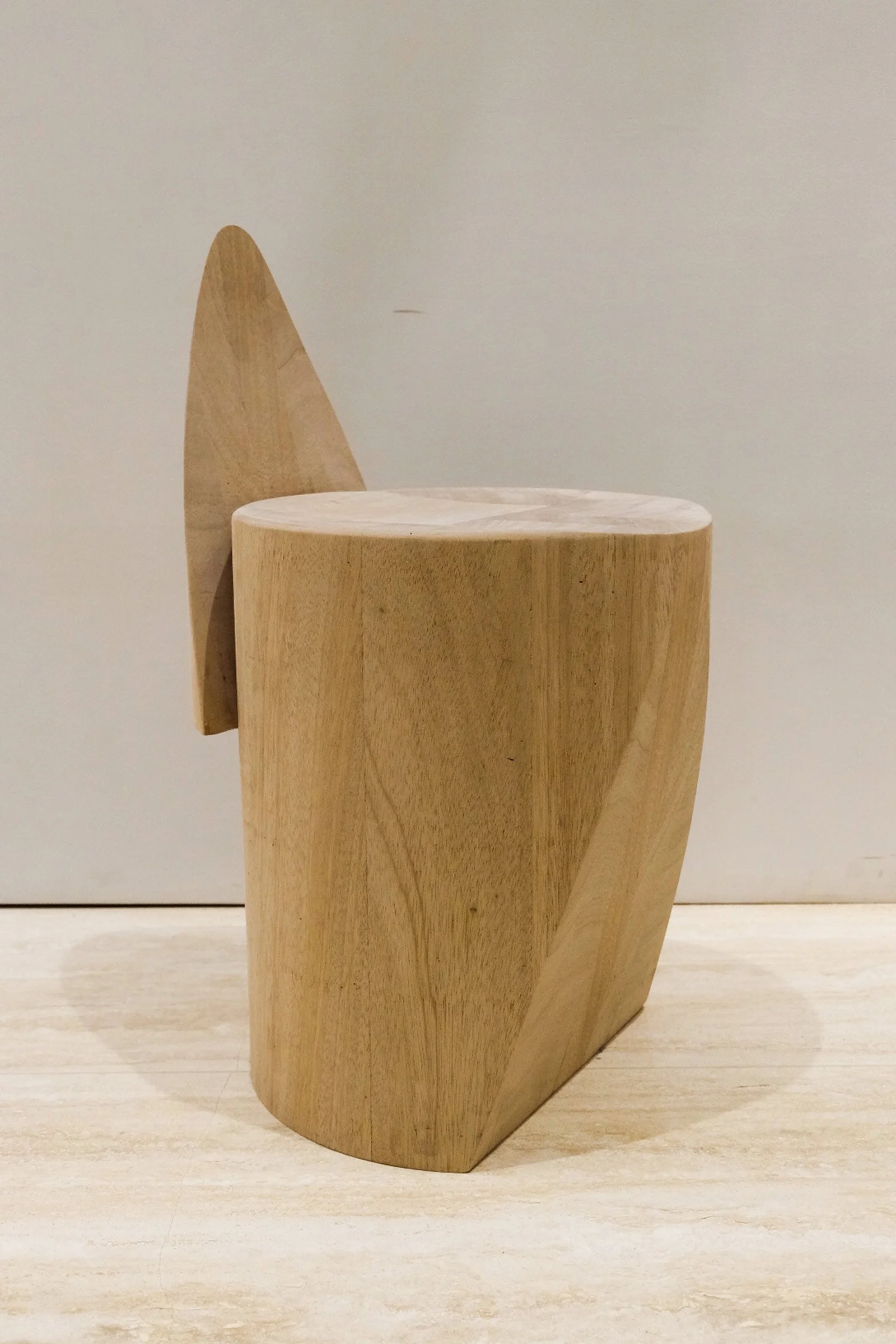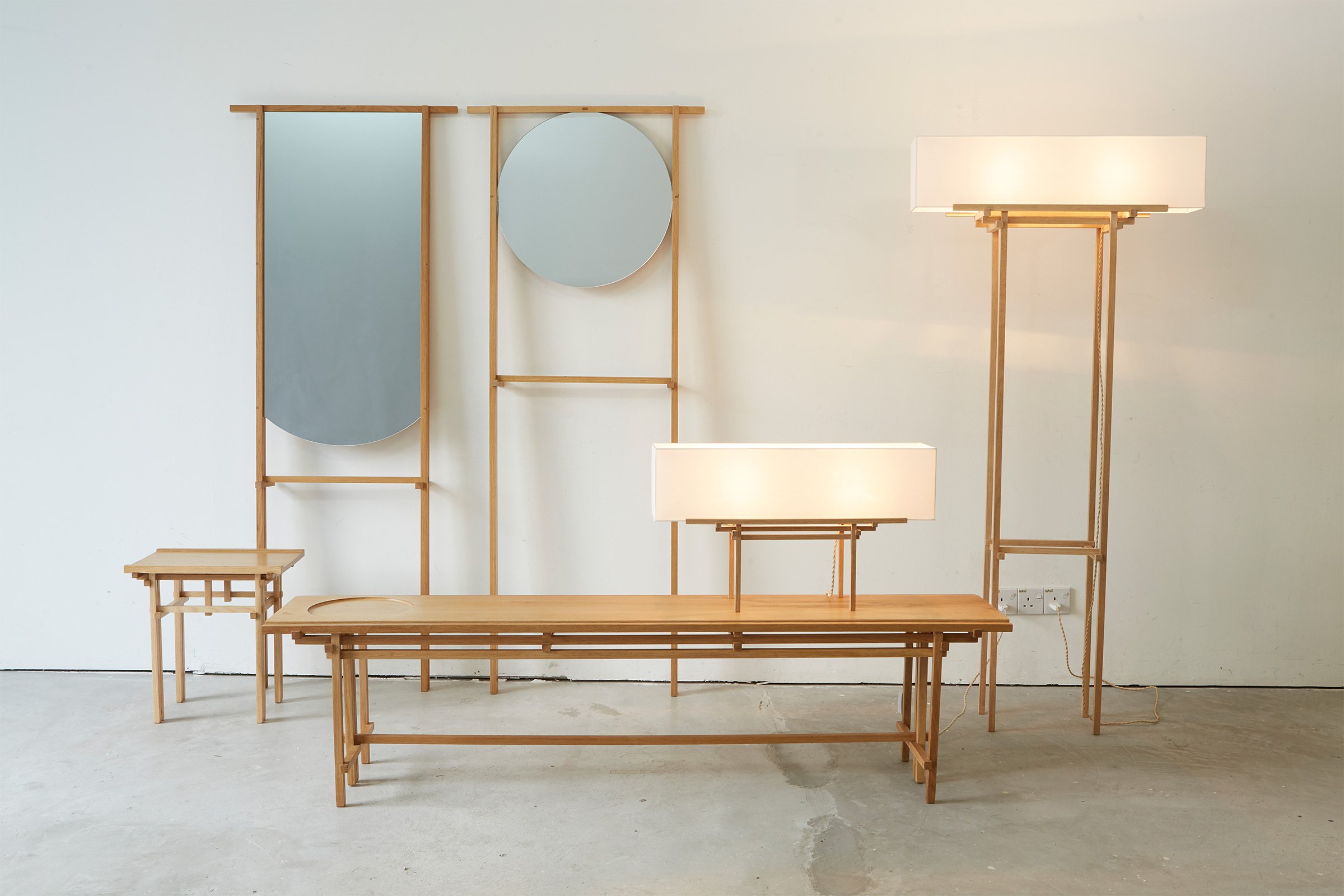EMERGE Explores Contemporary Material Culture in Southeast Asia
Curated by Design Anthology founder Suzy Annetta as part of Singapore’s FIND – Design Fair Asia in September, EMERGE will shine a spotlight on emerging designers from Southeast Asia
Launching at the inaugural edition of FIND – Design Fair Asia in Singapore this September, EMERGE is a new exhibition platform highlighting up-and-coming designers. Curated by Design Anthology founder Suzy Annetta, the first iteration focuses on designers from Southeast Asia and will be structured around the theme of materiality. Here Annetta and assistant curator Esther Parn share more about their vision for and approach to the task of showcasing emerging design from the region.
Can you tell us about the curatorial process of EMERGE @ FIND? How did you select participants?
Suzy Annetta: Our selection process began with a list of designers, most of whom I’ve known or been aware of for some years through my role as editor-in-chief of Design Anthology. Some I’ve met in person and others’ work I’ve come across through various international events, submissions to the magazine or through our awards programme. We then reached out to the regional design community — design universities, regional design week organisers and other contacts in our network — to see if they had additional names to add to our longlist. During the selection process, we noticed some similar themes emerging in the designers’ work, which helped us frame our curatorial approach.
Why choose the lens of materiality for the showcase?
Suzy Annetta: This felt like the most universal lens through which to view the designers’ work. We didn’t want to impose an external conception of what ‘Asian design’ today might be, and I’m very conscious of not presenting a showcase of works from Southeast Asia that feels expected or stereotypical in any way.
The work is grouped under four pillars: Natural / Local, Salvage / Waste, Innovative / Contemporary and Unconventional. How did you arrive at these four categories?
Suzy Annetta: The works from the designers we longlisted seemed to fall naturally into one or more of the four categories we eventually decided on. We felt the categories were also quite universal and represented themes and lines of inquiry that we see designers across the world pursuing and investigating.
What would you say has been the main challenge in putting together this showcase?
Suzy Annetta: The shortlisting process was probably the most challenging aspect of the process so far. Our longlist was pretty impressive and trimming it down was no easy task!
Esther Parn: It was certainly a fresh challenge for me to be discussing and thinking with Suzy about the merit of each designer’s work. Our next challenge will be to showcase all of them in a way that the audience can interact and engage with each piece and discover the designer who made it in a coherent and immersive way.
What has been your favourite part of the process thus far?
Suzy Annetta: Probably reviewing the work of all the designers — the quality is really high. It’s been so interesting to see what everyone is working on and what new work has emerged during the pandemic. It also gives me such hope to see so many designers exploring new material solutions to the challenges humanity faces and addressing serious issues like waste reduction.
Are there any trends you’ve been noticing in the Southeast Asian design community lately?
Suzy Annetta: I’m not particularly focused on trends. To me, trends always feel very short term. I think what’s more interesting is to watch how the work from designers in the region is evolving in terms of materiality, process, form and function.
Esther Parn: Based on observations from our shortlist, I think the most exciting work comes from designers who are challenging norms and going against what is trendy or trending. If I had to highlight any trends among designers in the region, it would be the mindset of trying something new or reinventing something old for a new age.
What does the future of the Southeast Asian design scene look like to you?
Suzy Annetta: I imagine that designers will continue to address the serious challenges the planet faces in terms of sustainability. I hope we’ll also start to see the Southeast Asian design industry evolve, allowing practices to diversify further and more designers to work on commissioned projects, self-initiated research and limited editions or one-off design-art pieces, as is the norm in Europe.
Esther Parn: I think that the future holds great promise, and my hope is that designers of the region will continue to engage with various current and future issues to create novel solutions that will benefit communities — both in their locality and internationally.
niiil
niiil
niiil
niiil
Saruta “PiN” Kiatparkpoom
Saruta “PiN” Kiatparkpoom
Saruta “PiN” Kiatparkpoom
Saruta “PiN” Kiatparkpoom
Saruta “PiN” Kiatparkpoom
Phuong Dao
Phuong Dao
Phuong Dao
Phuong Dao
Handhyanto Hardian
Handhyanto Hardian
Handhyanto Hardian
Stanley Ruiz
Stanley Ruiz
Stanley Ruiz
Stanley Ruiz
Stanley Ruiz
Wei Ming Tan (Aureole)
Wei Ming Tan (Aureole)
Wei Ming Tan (Aureole)
Wei Ming Tan (Aureole)



























